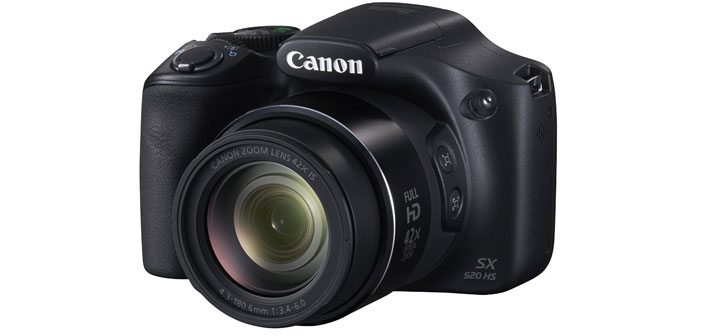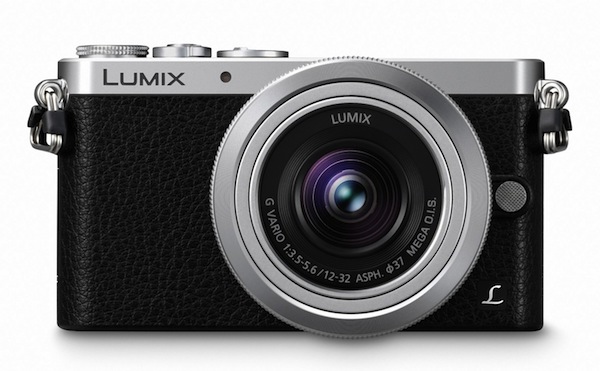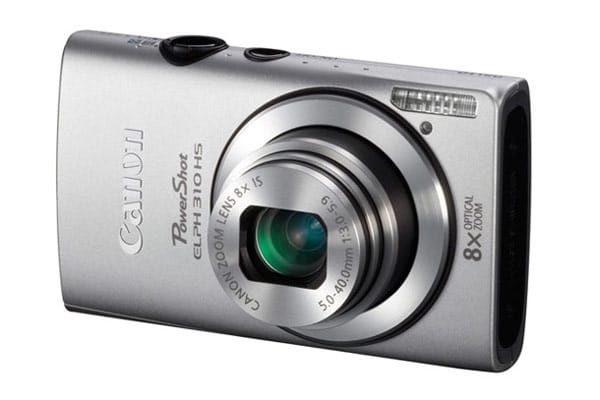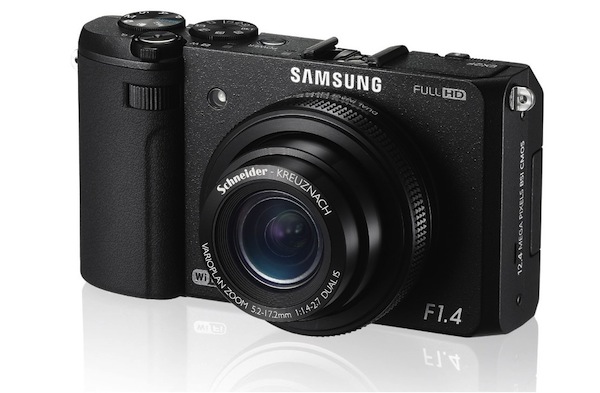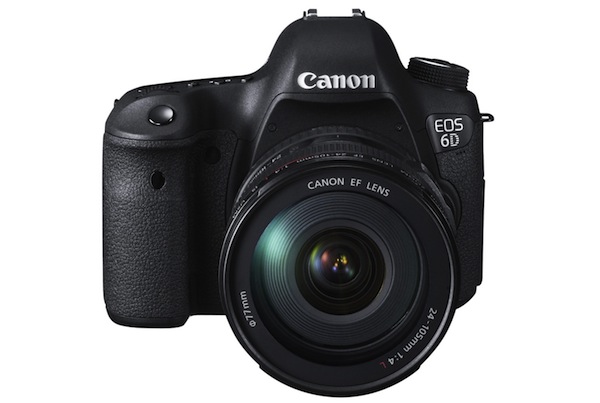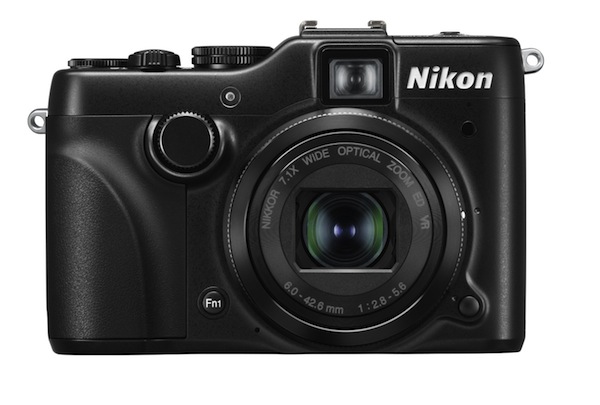Panasonic Lumix GX7: Review
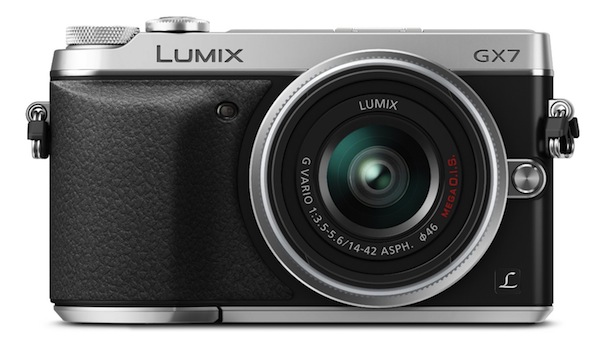
At the dawn of micro four thirds, Panasonic shook the market with its GF1, camera that immediately aroused great interest among the ranks of experienced photographers and enthusiasts, thanks to its compact size and its quality enhanced.
Later, the Japanese manufacturer has lost some of nail polish in this segment, offering more consumer models and leaving the band of advanced amateurs to other brands (Olympus, Fujifilm and Sony), which have made it a land of conquest.
Now, with his new Lumix GX7, Panasonic has in mind to go and retrieve that very public amateurs who escaped in time, launching on the market a complete machine, highly competitive and premium quality in all respects.
Table of Contents
Panasonic Lumix GX7: Technical
The technical equipment of the Panasonic Lumix GX7 is certainly ambitious. This camera equips a new 16 megapixel CMOS sensor (obviously, 4:3) with built-in image stabilizer: a first for Panasonic, which has so far offered only through the stabilization of its large fleet of goals. The burst is 5 fps with buffer of 40 shots in Jpeg quality (4 fps, when using continuous autofocus) and the shutter is capable of a minimum shutter speed of 1/8.000 second, with flash sync up to 1/320: performance D-SLR quality.
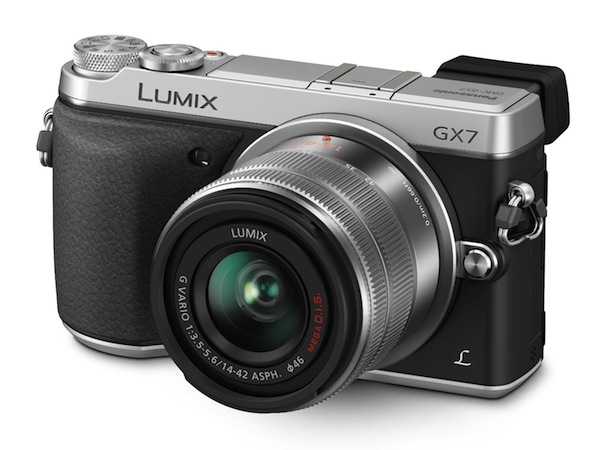
There is also a touch screen swivel 1,040 k points and a unique feature of Lumix GX7, an electronic viewfinder is also adjustable and very sharp: 1,024 × 768 pixels. The technological equipment is completed by an antenna integrated Wi-Fi, a dual-axis electronic level and functionality of focus peaking. On the video front, the Panasonic Lumix GX7 can capture video up to 1080p resolution with up to 50 frames per second, but does not include an audio input for connecting external microphones (maybe not to cannibalize sales of models such as the G6 and the GH3).
In terms of physical construction and layout of the controls, the Panasonic Lumix GX7 is equally competitive. Although the body of the machine is quite small and compact, there is an impressive endowment of physical buttons, including 4 programmable buttons (which become even 9, if one includes those accessible via a touch screen), thanks to which you can configure the camera to make immediate access to all the functions you use most. There is also a built-in flash, small but useful to illuminate the subjects in many shooting situations.
The serious nature of this camera is also underlined by the presence of two rings of selection, one front and one rear, which simplify the controls and opening times in manual mode. In this regard, we need to detect unusual behavior: when shooting in A (aperture priority) or S (shutter priority), both dials control the same value, overlapping their function. It would have been more logical to use the sub dial to turn the exposure compensation function that activates instead on GX7 always and only by pressing the rear dial (clickable) and then rotating it.
Even in terms of ergonomics, the Panasonic Lumix GX7 proves well built, thanks to the use of quality materials and a generous front grip, which allows a solid and comfortable grip. The special design of the electronic viewfinder, which protrudes about 1 cm from the camera body, this camera makes it fewer pockets of some of her colleagues, but overall we are in the presence of one of the most impressive in absolute mirrorless regarding the relationship between size and capacity techniques.
Panasonic Lumix GX7: Performance and Image Quality
The time when the mirrorless cameras raised concerns regarding the speed of the autofocus is now finally concluded. The Panasonic Lumix GX7 offers a very fast and accurate AF, which rivals that of SLR cameras in most situations. With the objective provided in the kit (14-42mm f/3.5-5.6), the acquisition of the subjects is really instant and totally silent. With another very popular lens, the 20mm f/1.7 Panasonic always, this is a bit slower, but still at very good, even in relatively low light situations.
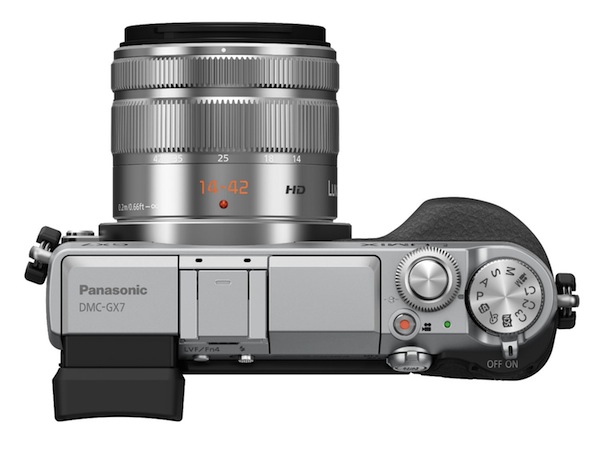
The flurry of this camera, as already mentioned, is 4-5 frames per second, a value certainly competitive and able to give good satisfaction to those who want to freeze the action or capture natural expressions in the subjects.
There is also a super-fast shooting mode, which uses the electronic shutter and capture something like 40 frames per second: a truly remarkable that, of course, will lend itself to uses for which the traditional flurry proves insufficient. During the burst, continuous AF in contrast still does not reveal itself as one of the best-performing SLR sports, but it must be said that we are talking about tools much more cost and space.
Regarding the speed of all the other operations, the Panasonic Lumix GX7 did not wait really in no occasion. The ignition timing and access to the SD card are great, the shutter responds almost instantaneously and also the vision of pictures taken is quick, benefiting plus touch panel, allowing you to scroll or zoom images as we would on a tablet or a smartphone.
Even the provision of advanced features and automatic is impressive: from the HDR mode to the multiple exposure and interval timer, until you get the possibility to intervene in a very fast and efficient on the contrast of light and shadow through dynamic handler curves integrated, this new mirrorless offers a very complete package.
In this respect, it must be said despite the praiseworthy attempts to organize all the functions of Panasonic as clearly and quickly as possible, the menu GX7 are so rich (and its endowment of keys so extended) to make this camera really little immediate for an audience that is more than experienced in the use of an advanced tool. If the charge against Panasonic was to have neglected the public of the most demanding photographers, the Lumix GX7 is certainly a perfect answer.
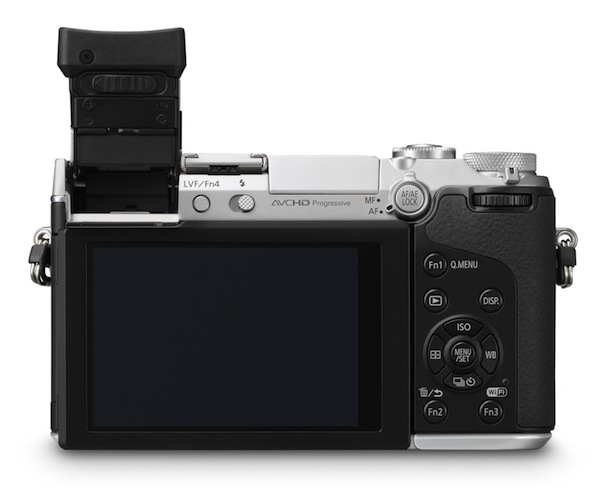
The new built-in sensor from Panasonic Lumix GX7 is certainly a step forward with regard to the micro 4:3 format. The images captured by this camera are rich in detail according to the ISO values and maintain a good quality (in terms of color and dynamic range) to about 800 ISO. Unlike what happened in other previous models, also values such as 1,600 and even 3,200 are usable: the digital noise is definitely present, especially if you view the shots at 100% resolution, but the images are still nice and perfectly usable in contexts such as online sharing or small prints.
The quality of the best APS-C sensors is still out of reach, with the same resolution, for those micro 4:3, much smaller and therefore more dense with pixels, but overall the difference can be really significant only for the most demanding photographers and willing to print their own shots at extreme dimensions or perform post-crop production.
For the vast majority of normal use, we would like to say that the quality achieved by the sensors 4:3 is now absolutely adequate. Speech exception is made. For the Jpeg engine from Panasonic. You may not find all of your taste. As is the case on other Lumix models, the processed images in-camera tend to have a tone sometimes flat and cold, less than the observable impact on models from other manufacturers. To work around this problem, it is of course possible to shoot in RAW and then develop their own digital negatives by hand.
On the video front, Panasonic continues to show leaders: the footage captured by GX7 are excellent as detailed, natural contrast and dynamism. The absence of an input for external microphones can be heard, but for amateur use, the recorded audio from the integrated stereo microphone is revealed still more than good.
Conclusions
The Panasonic Lumix GX7 is undoubtedly one of the most comprehensive and ambitious compact cameras currently on the market. At a price of $1,099 kit with 14-42mm zoom, certainly belongs to the high end of the market, thus entering into competition with advanced SLR, against which looks good in almost any point of view.
The Panasonic Lumix GX7 depth controls, image quality, focus speed, burst and video mode are certainly among the main advantages of GX7, which. Moreover, can count on the now large fleet of targets micro 4:3, is made Panasonic and other manufacturers compatible (Olympus and not only).
The absence of an input for external microphones and the need to shoot in RAW to get the best image quality that this camera is capable of expressing the same the few flaws of an instrument certainly at the top of the mirrorless category.
The absence of an input for external microphones and the need to shoot in RAW to get the best image quality that this camera is capable of expressing the same the few flaws of an instrument certainly at the top of the mirrorless category. It is undoubtedly one of the most comprehensive and ambitious compact cameras currently on the market.
Where to Buy Panasonic Lumix GX7


Features
Design
Performance
Value of Money
PROS : Features standard, Good photo quality, Excellent video quality, Fast and accurate AF, Integrated stabilizer, Adjustable screen and viewfinder.
CONS : No jack for external microphones, Some inconsistencies menu and controls, Tone Jpeg characterless.Product prices and availability are subject to change. Any price and availablility information displayed on Amazon at the time of purchase will apply to the purchase of any products.

